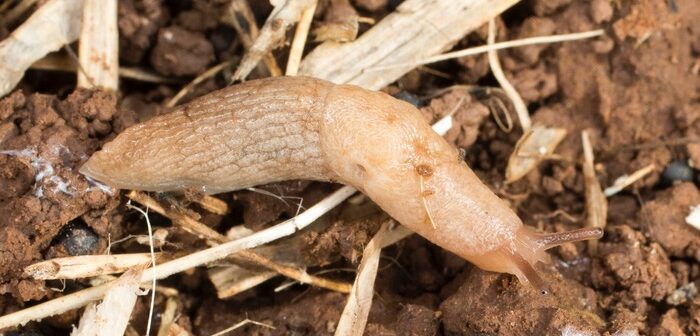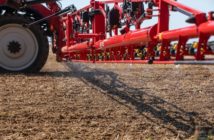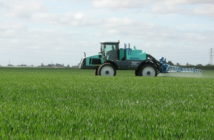Wet weather over the past month has provided good conditions for oilseed rape establishment, but growers tempted to drill early should prepare for high slug pressure.
Hampshire independent agronomist Steve Cook advises putting out slug traps at the time of drilling and be primed to apply pellets if there is any evidence of slug activity.
Mini pellets
For most situations, regular sized pellets will be able to give a good level of control.
Where pressure is particularly high, an initial application of a mini ferric phosphate pellet product like Menorexx – which provides a higher number of baiting points – could be beneficial.
As smaller pellets are inherently less durable in the wettest conditions, growers should be prepared to follow up with another application shortly after, if required, he adds.
In addition, Mr Cook advises anyone considering establishing crops in early August to opt for lower seed rates of no more than 30 seeds/m2 for hybrids and 40-50 seeds/m2 for conventional varieties.
Scary pressure
Nottinghamshire independent advisor Andrew Wells is also expecting “scary” slug pressure for those that decide to plant early, particularly where cereal straw has been chopped.
However, with large numbers of adult cabbage stem flea beetle (CSFB) seen in harvested oilseed rape crops in his area, he thinks growers should be questioning whether it is worth the risk of planting the crop at all.
For those taking the plunge, getting on top of slugs as soon as the crop is established will be crucial.
Alongside trapping to gauge pressure, he advises going further and looking for any signs of grazing on cereal volunteers before the crop is established.
If it looks like there is significant activity, growers should apply pellets as soon as the crop is in the ground.
Accurate spread
Accurate application is essential, which means using a good quality, durable pellet, such as Sluxx HP, and an applicator that is capable of spreading evenly to the chosen spreading width.
“Every year I see gaps in the crop that are caused by inaccurate spreading, so it’s important to make sure that applicators are actually spreading pellets to the desired distance, rather than just going off the settings in the book,” says Mr Wells.




